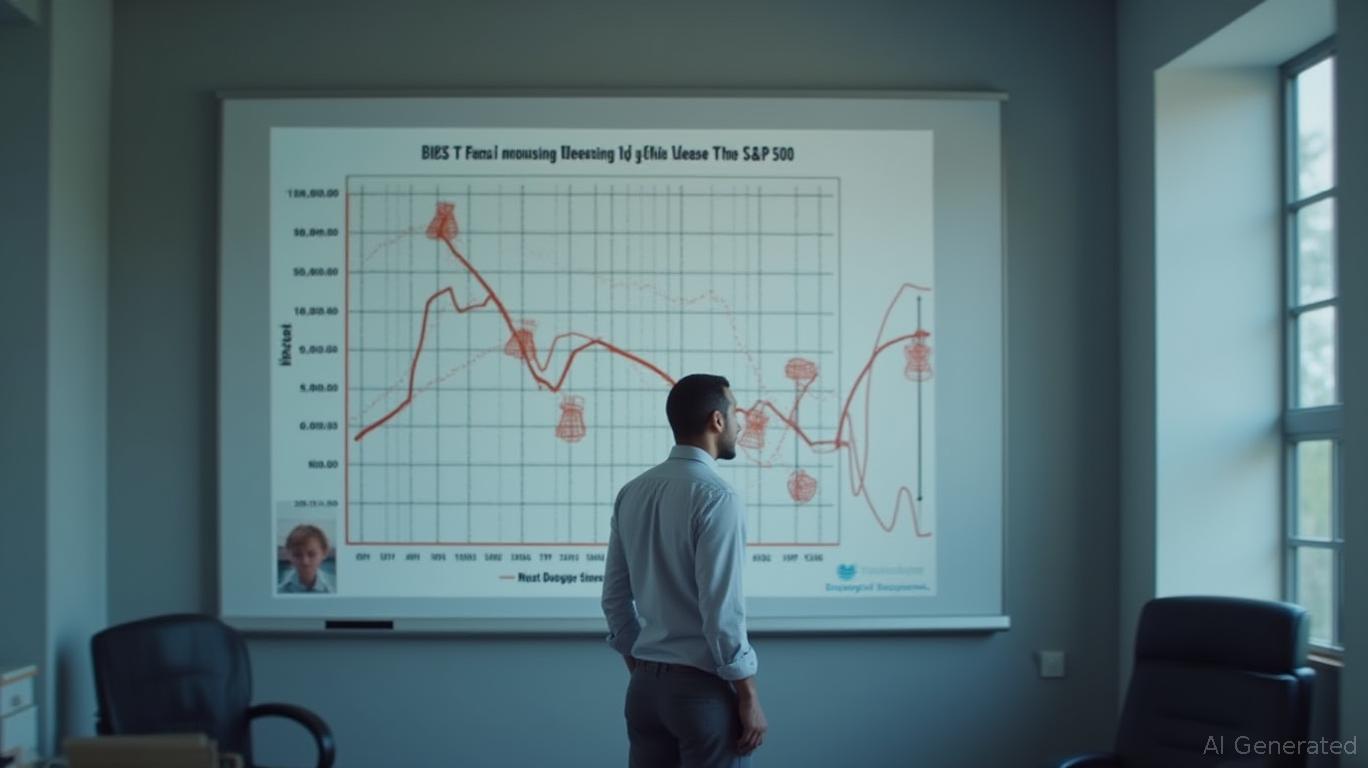Bond Rally Sparks Equity Rotation: Navigating June's Yield Shift
The inverse relationship between bond yields and equity valuations has never been more critical to watch than in June 2025. With the June 11 CPI data set to dominate market narratives, falling bond yields could supercharge sectors like technology and utilities while reshaping investor strategies. Let's dissect how this dynamic plays out—and where to position capital ahead of the data drop.

The Bond Rally's Dual Impact
The Consumer Price Index (CPI) report on June 11 is the linchpin. If inflation continues to moderate—particularly in the Core CPI (ex-food/energy)—bond yields could drop further. The 10-year Treasury yield, already near 4.22%, faces downside pressure if the data confirms softening price pressures. This would amplify the inverse correlation with stocks: lower yields reduce discount rates for future earnings, lifting equity valuations.
The tech sector stands to gain disproportionately. High-growth companies like Amazon (AMZN) and NVIDIA (NVDA) rely on low discount rates to justify their forward multiples. A shows this relationship clearly: every 25-basis-point drop in yields has historically boosted the S&P 500 by ~2.5%.
Utilities, too, benefit from falling yields. NextEra Energy (NEE) and Duke Energy (DUK), which trade on stable cash flows, see their bond-like valuations rise when rates decline. The Utilities ETF (XLU) has outperformed the broader market by 8% year-to-date when the 10-year yield dips below 4.3%, according to Moomoo's sector analysis.
The Flip Side: Risks and Sector Rotation
But not all sectors are winners. Financials, particularly banks, face margin pressure as bond yields sink. Lower long-term rates compress net interest margins, a point highlighted in WSJ's coverage of Q2 earnings calls. The Financial Select Sector SPDR (XLF) has underperformed by 4% in recent months during yield declines, signaling caution for investors here.
Even within tech, there's a split. AI-driven stocks (e.g., C3.ai (AI)) may thrive on valuation expansion, but semiconductor firms (e.g., Micron (MU)) tied to cyclical demand could struggle if the bond rally reflects an economy weakening faster than expected.
Actionable Strategies for June 2025
Dividend Stocks as a Hedge
With bond yields low, high-quality dividend payers offer income and stability. The Consumer Staples sector (e.g., Procter & Gamble (PG), yielding 2.8%) and healthcare giants like Johnson & Johnson (JNJ) (yielding 3.1%) provide ballast against volatility. These stocks also benefit from falling discount rates, a win-win.Inverse Yield ETFs for Yield-Hunting
Investors betting on further yield declines can use instruments like the ProShares Short 20+ Year Treasury (TBF), which profits as bond prices rise (and yields fall). A shows it gained 6% in May alone as yields dipped.Sector Rotation: Tech vs. Utilities
Rotate into tech ETFs (e.g., Invesco QQQ (QQQ)) ahead of the CPI print if yields drop, but pair this with a 20% allocation to utilities via XLU to balance rate sensitivity.
Key Data to Watch
- June 11 CPI: A Core CPI print below 3.8% y/y would likely push the 10-year yield below 4.2%, boosting equities.
- Crude Oil Inventories: A surprise build could ease energy inflation fears, further supporting bonds.
- Fed Funds Futures: Monitor pricing for October rate cuts—expectations of 25 bps would signal a prolonged yield decline.
Conclusion
The June 11 data is a crossroads for markets. A bond rally post-release could ignite a rotation into growth and utilities, while dividend stocks and inverse ETFs offer protection. Investors should lean into sectors that benefit from low discount rates but anchor portfolios with income-producing assets. As the WSJ noted, “The bond market is now the economy's leading indicator”—listen closely.
Stay vigilant, and position for the yield-driven shift.

Comments
No comments yet